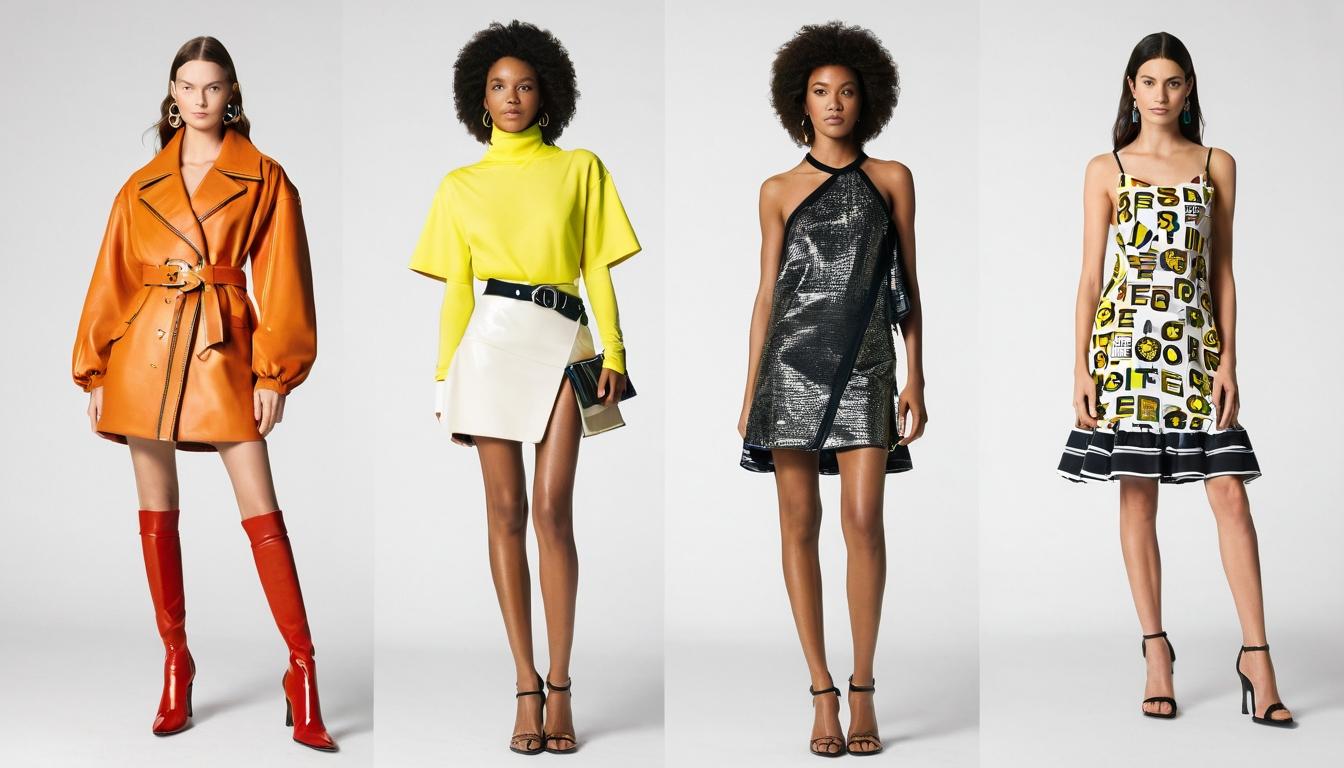In the hushed corridors of luxury fashion houses and the bustling studios of emerging designers, a fundamental shift is occurring—one that challenges our very understanding of what fashion means in an era of climate crisis and digital saturation. This isn't about hemlines or color palettes, but about time itself: how we measure it, value it, and ultimately, consume within it.
The traditional fashion calendar, with its relentless cycle of seasons and deliveries, is showing its age. What began as a practical system for managing production has become an ecological and creative burden. Designers speak privately of the exhaustion, the creative burnout that comes from constantly chasing the next collection while the current one barely hits stores. The environmental cost is staggering—mountains of unsold inventory, rushed production leading to poor quality, and a constant churn that encourages disposability rather than durability.
Meanwhile, a counter-movement is gaining momentum, led not by corporate directives but by consumer intuition. The rise of the 'slow fashion' enthusiast isn't just about sustainability—it's about developing a personal relationship with clothing that transcends trends. These are the people who mend their favorite jeans, who seek out garments with stories, who understand that true style isn't about keeping up but about building a wardrobe that reflects who they are becoming, not just who they are today.
The digital landscape has accelerated this transformation in unexpected ways. Social media, often blamed for fast fashion's proliferation, is also hosting sophisticated conversations about garment care, textile science, and the ethics of production. TikTok tutorials on visible mending have millions of views, while Instagram accounts dedicated to archival fashion are building communities around appreciation rather than acquisition. The very platforms that drove hyper-consumption are now nurturing its antidote.
What's emerging is a new luxury paradigm—one where value isn't measured by price tags or logos but by craftsmanship, material integrity, and emotional resonance. Younger consumers, particularly Gen Z, are leading this charge, demonstrating a sophistication about supply chains and production methods that would have been unimaginable a decade ago. They're asking questions that make industry veterans uncomfortable: Where does this actually come from? Who made it? How long will it last?
The industry's response has been fragmented but telling. Some heritage brands are quietly extending product lifecycles, investing in repair programs, and exploring circular business models. Others are clinging to the old rhythms, hoping the storm will pass. The most interesting developments are happening at the margins—small labels building businesses around made-to-order models, vintage dealers becoming style authorities, and technology companies developing solutions for tracking garments from fiber to final purchase.
This revolution isn't happening on runways or in glossy magazines, but in the daily choices of people reconsidering their relationship with clothing. It's in the decision to repair rather than replace, to invest in fewer but better pieces, to understand that the most sustainable garment is the one already in your closet. Fashion, in this new context, becomes less about what's new and more about what endures—both in our wardrobes and in our collective consciousness.
The implications extend beyond environmental concerns to touch on something deeper: our relationship with time itself. In a culture obsessed with speed and novelty, choosing clothing that lasts represents a quiet rebellion. It's a statement that some things should unfold slowly, that beauty can deepen with age, and that the most meaningful transformations often happen gradually, almost imperceptibly, like the way a favorite sweater softens with wear or a pair of boots molds to the shape of your feet.
As we navigate this transition, the most exciting possibilities lie in the spaces between old and new. Digital passports that track a garment's history, enabling resale and repair. Community workshops where people learn to care for their clothes. Design approaches that consider not just how something looks when new, but how it will age, patina, and tell its story over years of wear.
The future of fashion isn't about abandoning creativity or self-expression, but about grounding them in different values. It's about recognizing that the most radical style statement one can make today might be wearing something for the tenth year rather than the first time. That true innovation might look less like a new silhouette and more like a new way of thinking about what we wear and why—a shift from fashion as consumption to fashion as connection, with our clothes, our communities, and the world we all share.
The quiet revolution reshaping fashion's relationship with time

